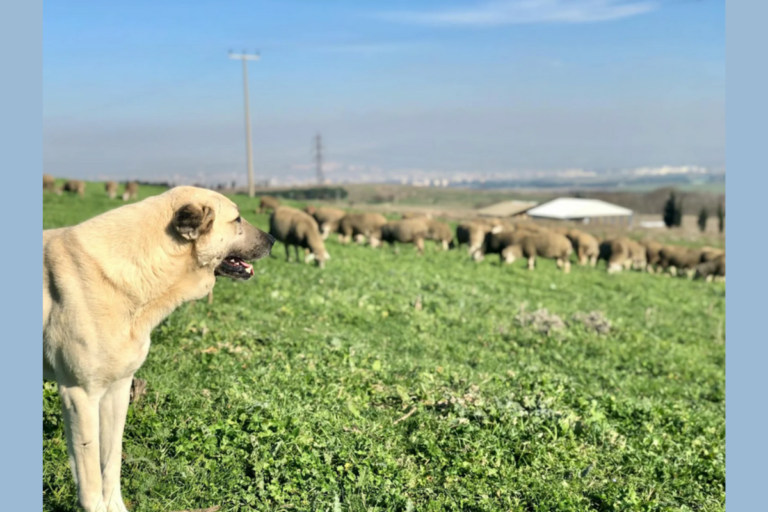the influence of social involvment, neighborhood aesthetics, and community garden participation on fruit and vegetable conspumption
“I feel like I’m a co-creator in the world with my garden, helping bring forth life, nurturance. It nurtures me as much as I nurture it. And it gives me hope.”
The objective of this article was to examine the relationship between the fruit and vegetable consumption by urban adults and several selected social and psychological processes, beneficial aesthetic experiences and community garden participation. They state that their purpose for doing it is because evidence has shown that community gardens represent a promising approach to fostering healthy behaviors. The gardens are said to represent everyday landscapes that connect people with nature, require active and sustained involvement by participants and enable participants to engage with others directly and indirectly, thereby gaining knowledge about ecological systems, the growing and preparing of food and more broadly, about health and wellness.
“Reasons for shifting dietary patterns and concomitant health risks are complex, involving an array of factors that span individual lifestyles, cultural, social, ecological and environmental conditions as well as the range of structures, services and amenities within our communities. Undermining the US diet and healthy food choices and practices is the growing physical divide between people and the places where food is grown. This division has resulted in a loss of experience with fundamental processes associated with growing food; limited access to alternative, viable and affordable food sources and changes in food choices.”
Three very important terms were defined and described:
Environmental aesthetics: the ways we respond to and give back to our surroundings, including the social and physical environments in which we are immersed; has been shown to influence the adoption of health behaviors, such as walking, in adults and obesity levels of inner city inhabitants.
Neighborhood attachment: one’s emotional bonds to neighborhoods and may influence one’s access to and use of everyday places; shaped by features of the built environment and perceptions of that environment; has been shown to promote stability, involvement and investment in the physical and social characteristics of the neighborhood and in turn produce neighborhood-level benefits.
Social involvement: enables access to social resources and opportunities for social learning and it helps to define and reinforce social roles.
According to the authors, aesthetic experiences coupled with processes, such as neighborhood attachment and social involvement, shape one’s understanding and appreciation of the social, physical, cultural and natural landscapes and the range of interactions within these settings. Such appreciation and interactions promote individual feelings of security, which may inform an individual’s willingness to venture outdoors and take advantage of neighborhood resources. When this occurs, higher levels of social involvement and more positive perceptions of neighborhood aesthetics are reported which was shown to correlate with higher consumption of fruits and vegetables.
The authors then state that the success of community gardens is largely dependent on strong neighborhood leadership, outreach, and volunteerism – all attributes that reflect higher levels of social involvement. They conclude that the intrinsic qualities of community gardens make them a unique intervention that can narrow the divide between people and places where food is grown and increase opportunities to eat better. However, it was reported that fruit and vegetable consumption was statistically higher among respondents with at least a college degree, residents who reported higher levels of physical activity, a BMI of <25 and rated their health as good or excellent. This could indicate that the presence of community gardens simply allows already normal behavioral patterns to be perpetuated in a new form, rather than creating new opportunities.
Litt, Jill S., et al. “The influence of social involvement, neighborhood aesthetics, and community garden participation on fruit and vegetable consumption.” American Journal of Public Health 8.8 (2011). April 2013.


